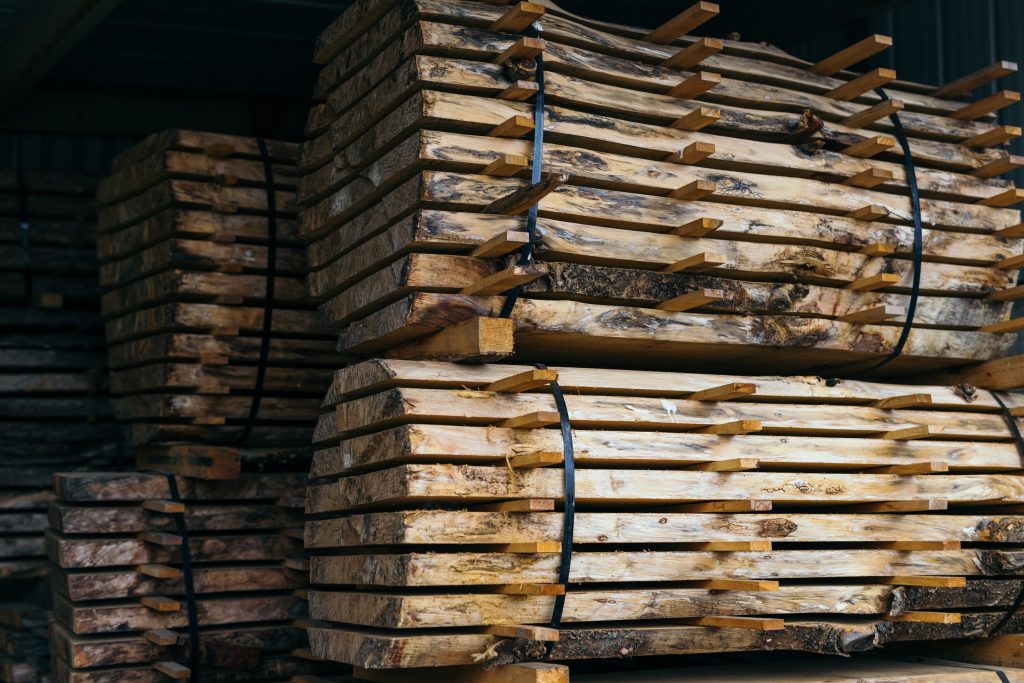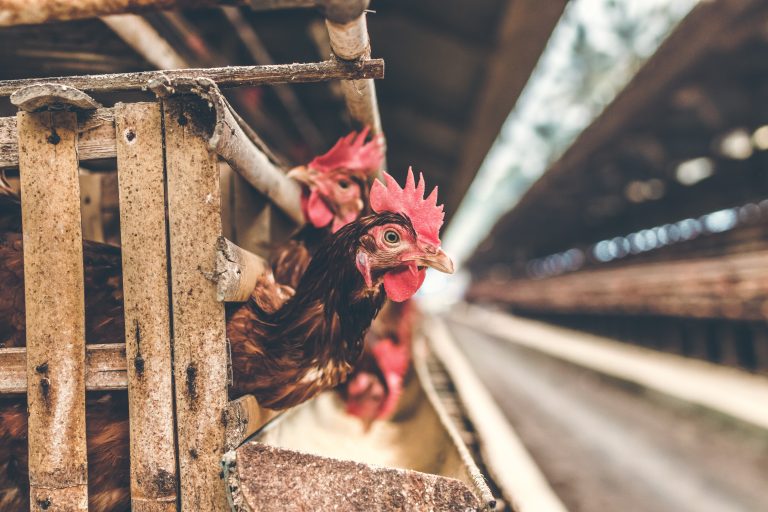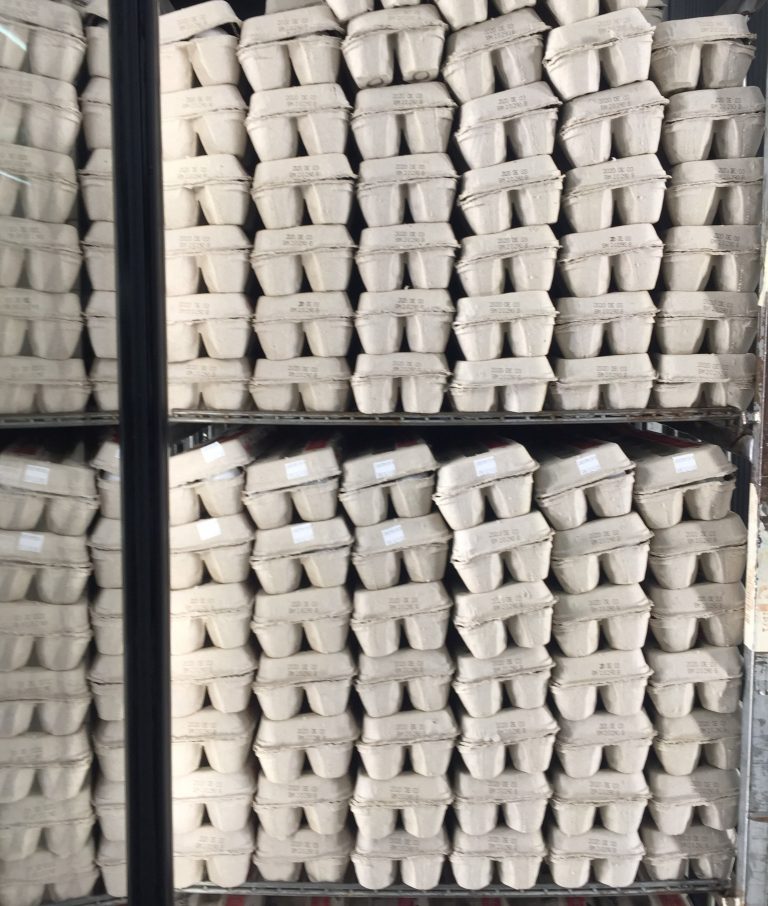Timber! Lumber Prices are Falling

Recent data from the Bureau of Labor Statistics show that the average price level for consumers rose 5.4% over the past year. While some are expressing concern over rising inflation leading the economy to “overheat,” there is some evidence indicating that this is due to the reopening of the economy as producers adjust to rising demand for goods and services. Many of the goods with the largest price increases, like bacon or cars and trucks, cannot have their production ramped up as quickly as demand is increasing. Other industries are facing supply chain challenges, like shortages of truck drivers. These problems are most likely to be short term, so, as supply catches up with demand, we can expect to see prices return to normal.
As evidence, after spiking to record highs in early summer, lumber prices have now fallen below their price at the start of the year. The reason for the dramatic price increase earlier in the year was a combination of reduced supply in 2019 and a surge in demand in 2020. In 2019, many lumber companies reduced capacity and closed mills to cut costs. Then in 2020, as more people began working from home they started fixing up their homes, and low interest rates led to an increase in new housing construction. As demand soared, lumber companies expanded their output capacity to meet the new demand. Now, as the economy reopens and people begin venturing outside of their homes, the demand for DIY projects has collapsed, leading to prices returning to their previous level.
It is likely that other markets experiencing similar price increases will follow the same pattern. But depending on the industry, some may take longer than others to stabilize.
Questions:
- Use supply and demand graphs to illustrate the increase and subsequent decrease of lumber prices based on the conditions described above. Based on your models, what can you say will happen to equilibrium quantity in the lumber market? Will it increase, decrease, or is it uncertain?
- What would you expect to happen to the equilibrium prices and quantities for composite board (a substitute for lumber) and nails (a complement to lumber) when the price of lumber decreases?
- Would you expect the price elasticity of supply for lumber to be elastic or inelastic? Explain what factors inform your expectation.
Source: U.S. Bureau of Labor Statistics: Consumer Price Index, Business Insider: Bacon keeps getting more expensive — it now costs 13% more than last year, government data shows, CNBC: Shortage of truck drivers is behind fuel delivery delays, says GasBuddy analyst, Markets Insider: Lumber prices have turned negative for the year after red-hot rally as the home improvement boom cools, Markets Insider: Lumber prices hit a record high after soaring more than 250% in the past year, Photo by Sarah Worth on Unsplash













